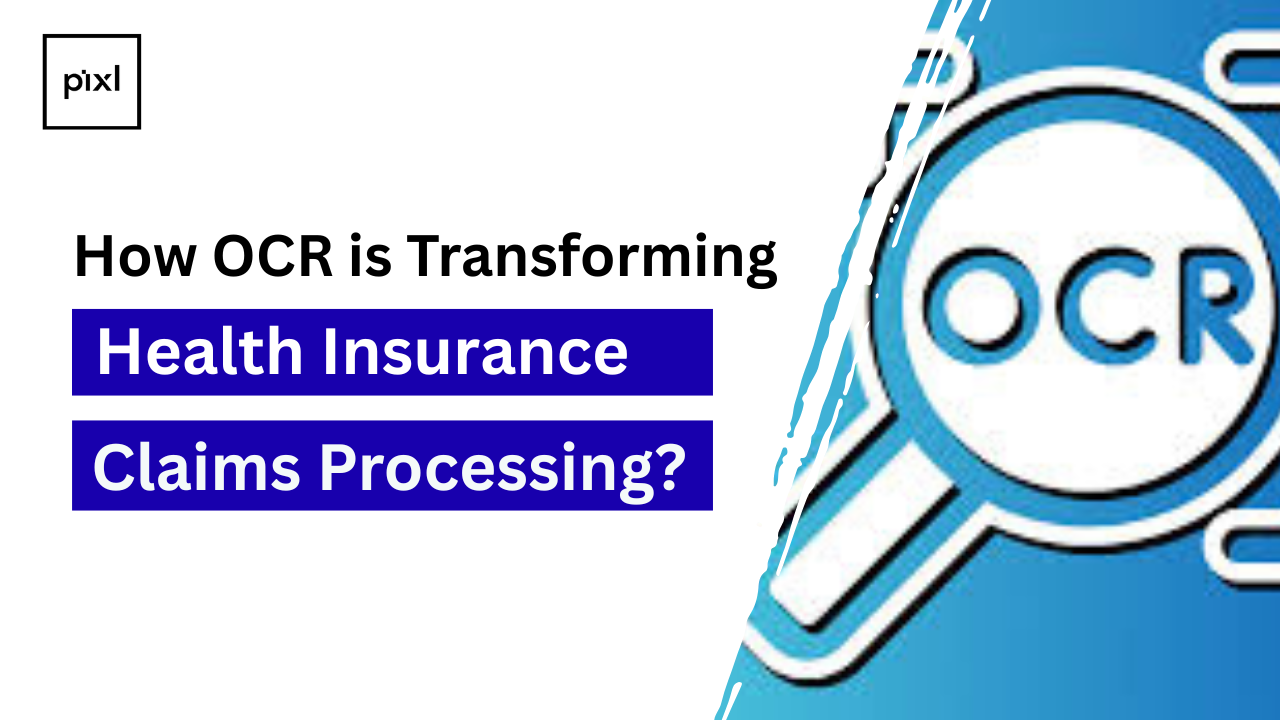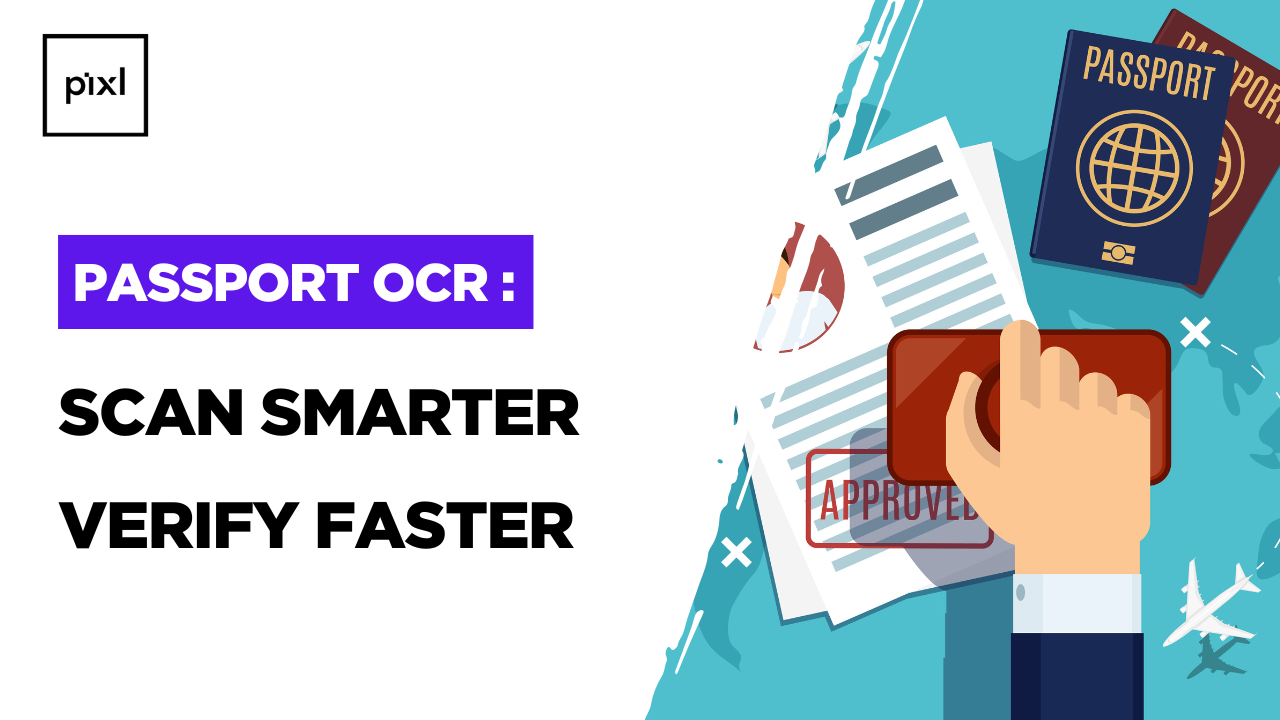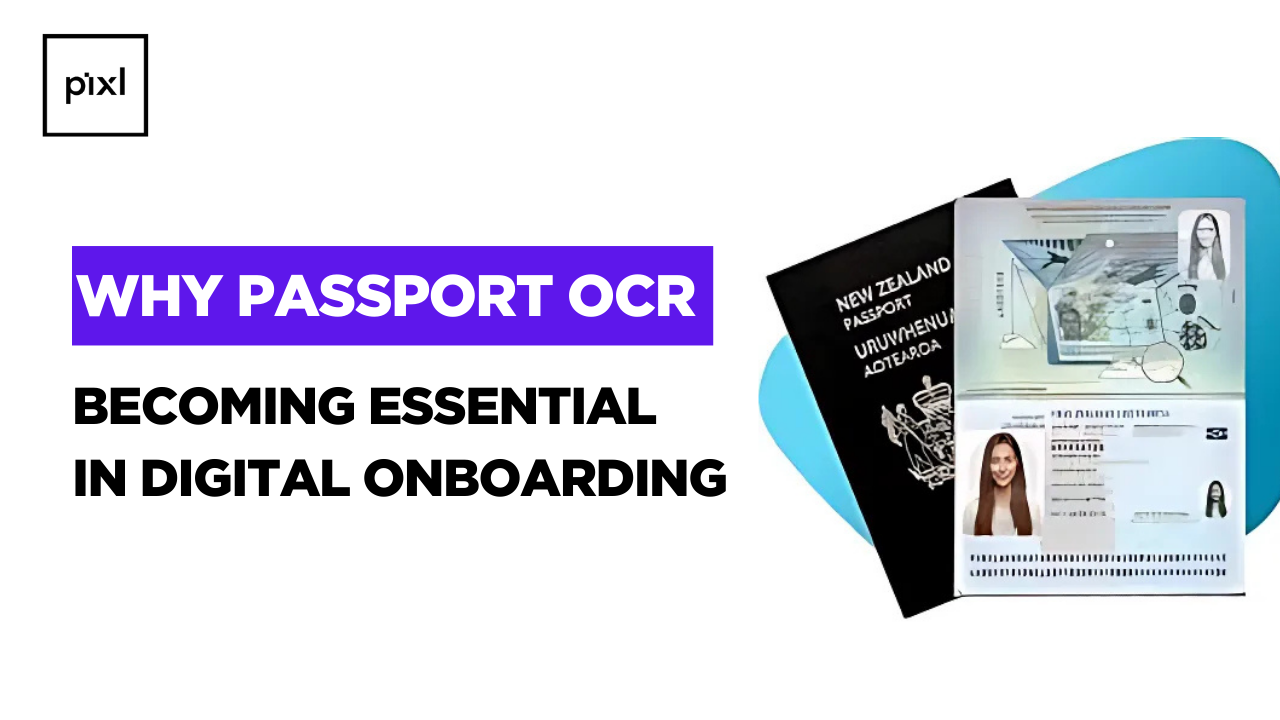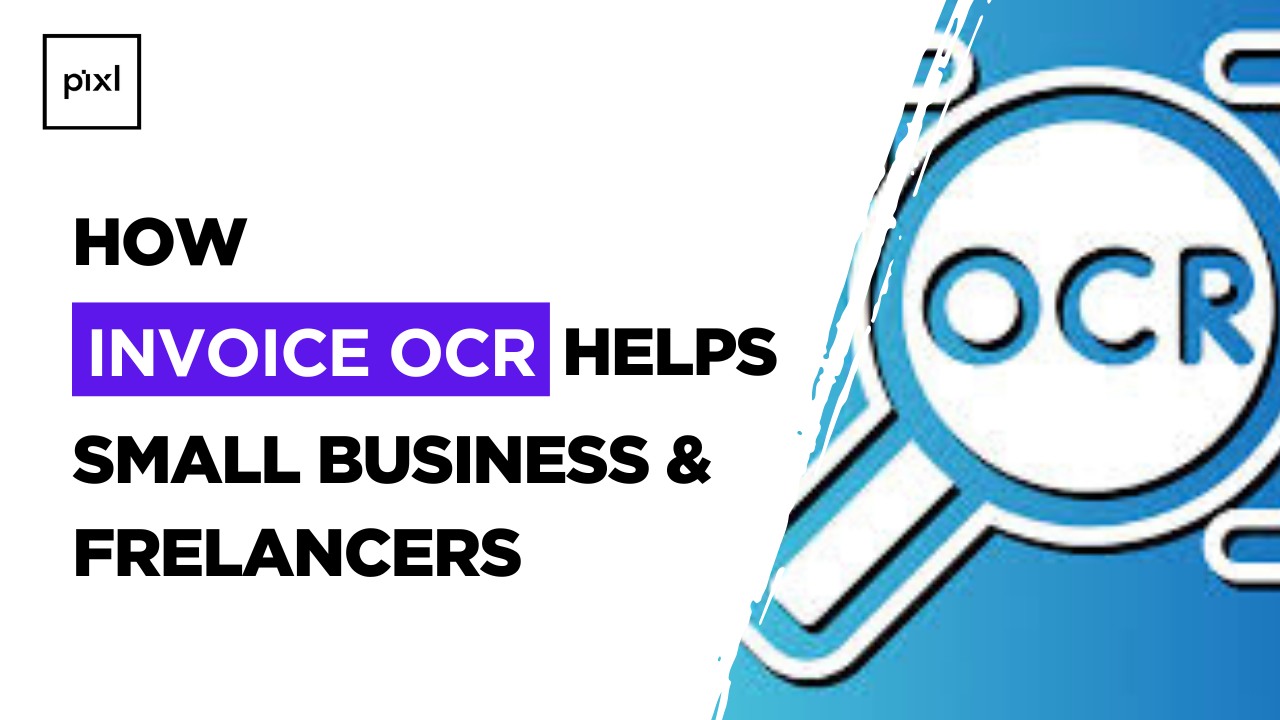In today’s fast-paced healthcare ecosystem, automation in insurance operations is no longer a luxury but a necessity. Among the technologies driving this transformation, Optical Character Recognition (OCR) stands out as a game changer. OCR enables machines to “read” printed or handwritten text and convert it into structured, usable data.
For the health insurance industry, where millions of claims, policy applications, and medical reports are processed every day, OCR helps eliminate the inefficiencies of manual entry. By enabling insurers to automate claims with OCR, companies can reduce turnaround times and ensure smoother customer experiences.
Understanding Health Insurance Claims Processing
Traditionally, health insurance claims were processed manually. Hospitals and patients would submit claims documents, such as prescriptions, bills, and diagnostic reports, which were then entered by staff into insurance systems.
Challenges with manual processing included:
- High error rates due to manual data entry
- Long turnaround times (TAT) for claim approvals
- Compliance risks with inaccurate or incomplete documentation
- Operational inefficiencies leading to customer dissatisfaction
The Role of OCR in Claims Automation-How OCR transforms health insurance claims seamlessly?
OCR for health insurance claims directly addresses these challenges by scanning, reading, and digitizing unstructured claim documents into structured, machine readable formats.
For example:
- A hospital bill containing patient details, treatment costs, and doctor notes can be processed through OCR to automatically extract all critical information.
- Supporting documents like prescriptions or medical reports can be read accurately, ensuring that insurers validate claims quickly and without errors.
By adopting OCR technology, insurance companies can automate claims with OCR and free up human staff from repetitive data entry tasks, enabling them to focus on more value driven activities.
Advantages of Using OCR in Medical Claims
Implementing medical claims OCR provides multiple benefits:
- Increased efficiency: Large volumes of claims can be processed in minutes rather than days.
- Reduced errors: OCR minimizes manual entry mistakes, leading to more accurate claims assessments.
- Faster turnaround times: Customers receive quicker approvals, which enhances satisfaction and trust.
- Cost savings: Automation significantly reduces the need for manpower-intensive claim operations.
- Scalability: Insurers can handle spikes in claim volumes without adding extra resources.
For example, an insurer handling 100,000 claims monthly could reduce claim processing time by 70–80% with OCR integration.
Technical Aspect: Health Insurance OCR API
Behind the scenes, the HEALTH INSURANCE OCR API plays a critical role. APIs allow insurers to seamlessly connect OCR technology with their existing claim management systems.
How it works:
- Upload : Claim documents (PDFs, images, scanned files) are uploaded.
- Processing : The OCR API reads and extracts structured data fields such as policy number, hospital name, treatment codes, and billing amounts.
- Validation :The data is cross-verified with insurance databases and compliance rules.
- Integration :The extracted and validated data is pushed into the insurer’s claim management software for final decision making.
This API-based approach ensures smooth, real time processing of claims without disrupting existing IT infrastructure.
Choosing the Right Health Insurance OCR Service Provider
When evaluating a HEALTH INSURANCE OCR SERVICE PROVIDER, companies should consider:
- Accuracy rates in text extraction across diverse formats (handwritten notes, medical reports, policy forms).
- Compliance readiness for HIPAA, GDPR, and local regulatory frameworks.
- Integration capabilities via APIs for seamless adoption.
- Scalability to handle large and fluctuating claim volumes.
- Support for multilingual documents in regions with diverse populations.
A reliable service provider will not just offer OCR but also AI-powered enhancements like fraud detection and intelligent validation.
Pixl.ai provides Health insurance ocr that align with current market requirements
Conclusion
OCR is no longer just an optional upgrade it has become a transformative force in health insurance claims processing. From eliminating manual inefficiencies to enabling compliance ready automation, OCR empowers insurers to automate claims with OCR while ensuring speed, accuracy, and customer satisfaction.
As insurers move toward digital-first ecosystems, partnering with the right HEALTH INSURANCE OCR SERVICE PROVIDER and leveraging HEALTH INSURANCE OCR API integrations will be key to staying competitive.
In short, OCR is not just about reading documents it is about redefining the future of medical claims.



